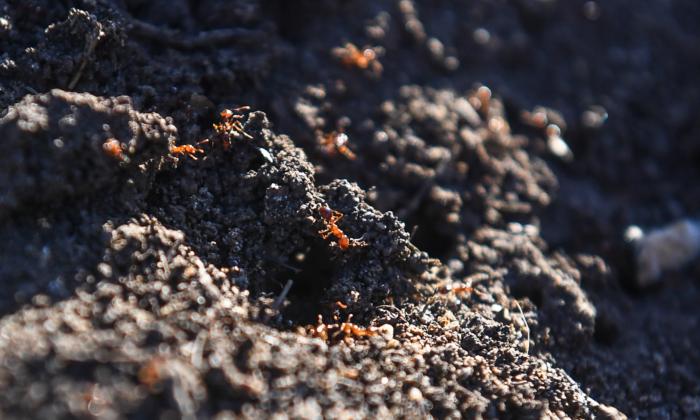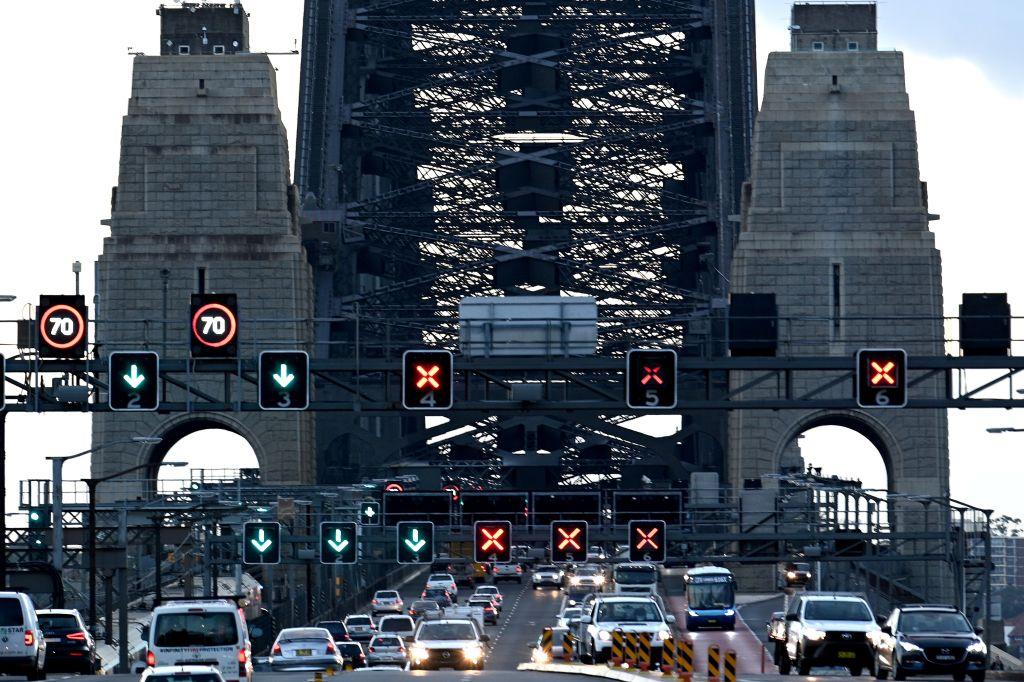Authorities have moved to limit the risk of fire ants entering New South Wales (NSW) after the invasive super pests were detected on the Gold Coast, just 5.5 kilometres (3.4 miles) from the state border.
The nest, which has since been destroyed, was found last week on private land believed to have been used as a pony club at Tallebudgera.
Following the detection, a biosecurity control order was triggered prohibiting the movement of materials that could bring the ant into NSW.
Mulch, soil, baled hay, turf, and other high-risk material cannot presently be moved from within a 5-kilometre radius of the site without inspection and certification by Queensland authorities.
NSW Agriculture Minister Tara Moriarty says it’s crucial residents and businesses in the state’s north be alert for signs of fire ants and report suspected sightings.
“This is the closest detection of fire ants to the NSW border since they were first detected at the Port of Brisbane in 2001 and more recently at Mermaid Waters in Queensland, 11.5 kilometres north of the border,” she said on Sunday.
“It is important to keep NSW free from this invasive and aggressive pest, which if established, will have a huge impact on the way we live our lives and could affect our export markets and ability to trade.”
The highly destructive ant is native to South America and poses a serious risk to agriculture, public health, and native environments.
A recent meeting of agriculture ministers in Perth failed to agree on funding to combat the insects, despite identifying the “very real threat” they pose and endorsing a new response plan.
A review of Australia’s fire ant eradication program found at least $3 billion (US$2 billion) was needed over the next five years to the pest out.
Ms. Moriarty said NSW had so far committed $95 million, over the next four years.
Fire ants are dark reddish-brown with a darker black-brown abdomen and are from two to six millimetres long.
They look similar to other ants but their nests are distinctive with mounds of loose, crumbly or fluffy-looking soil with a honeycomb appearance, up to 40 centimetres high, with no obvious entrance holes.
Red imported fire ants can damage electrical and agricultural equipment, sting people causing allergic reactions, sting pets and livestock, kill native plants and animals as well as damage ecosystems beyond repair.





